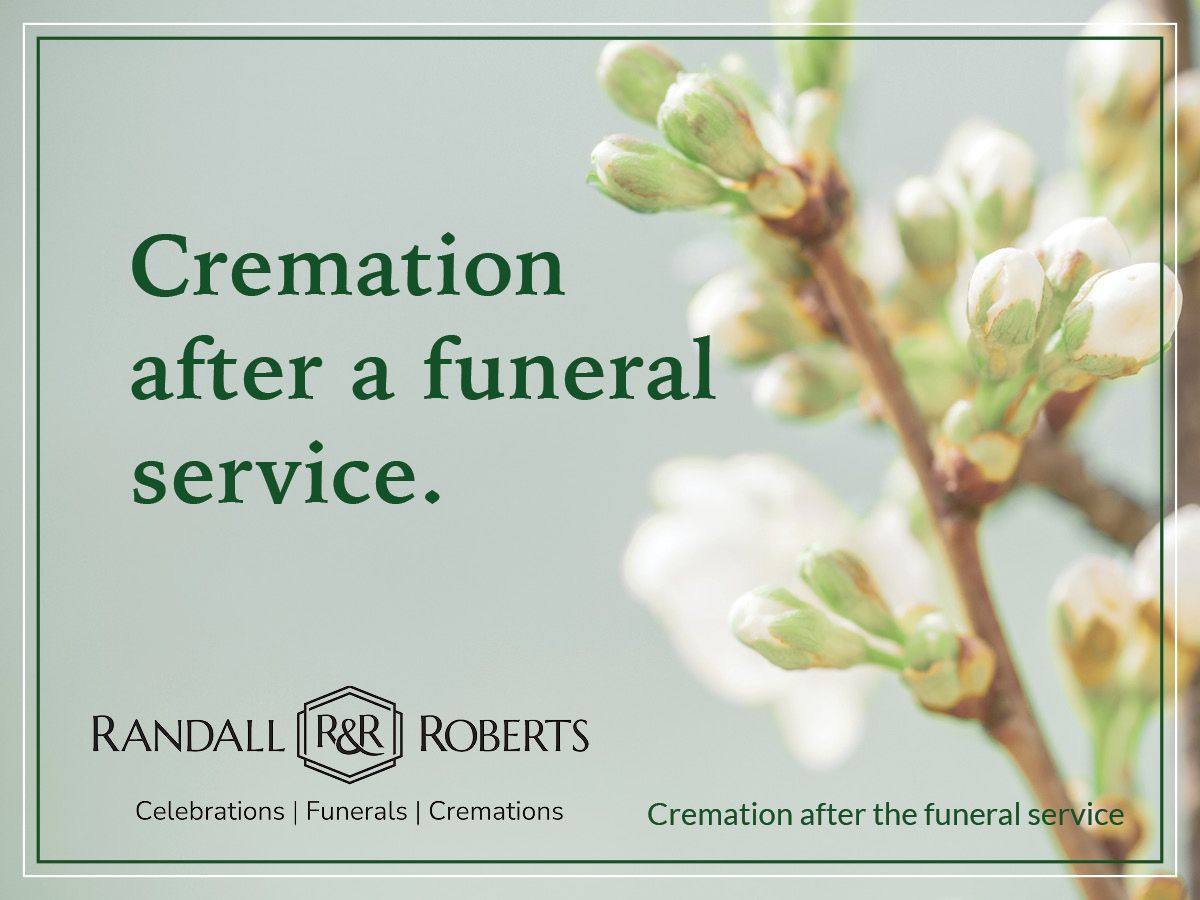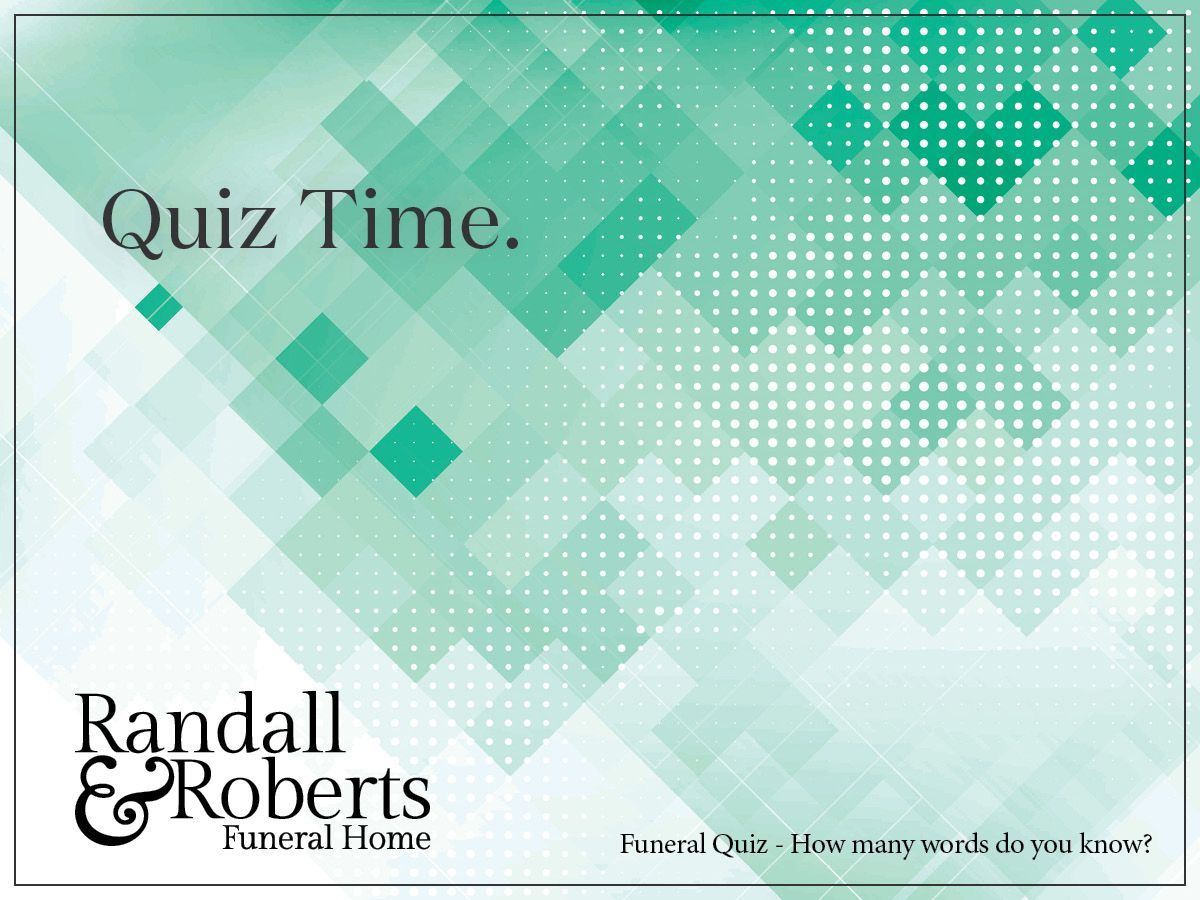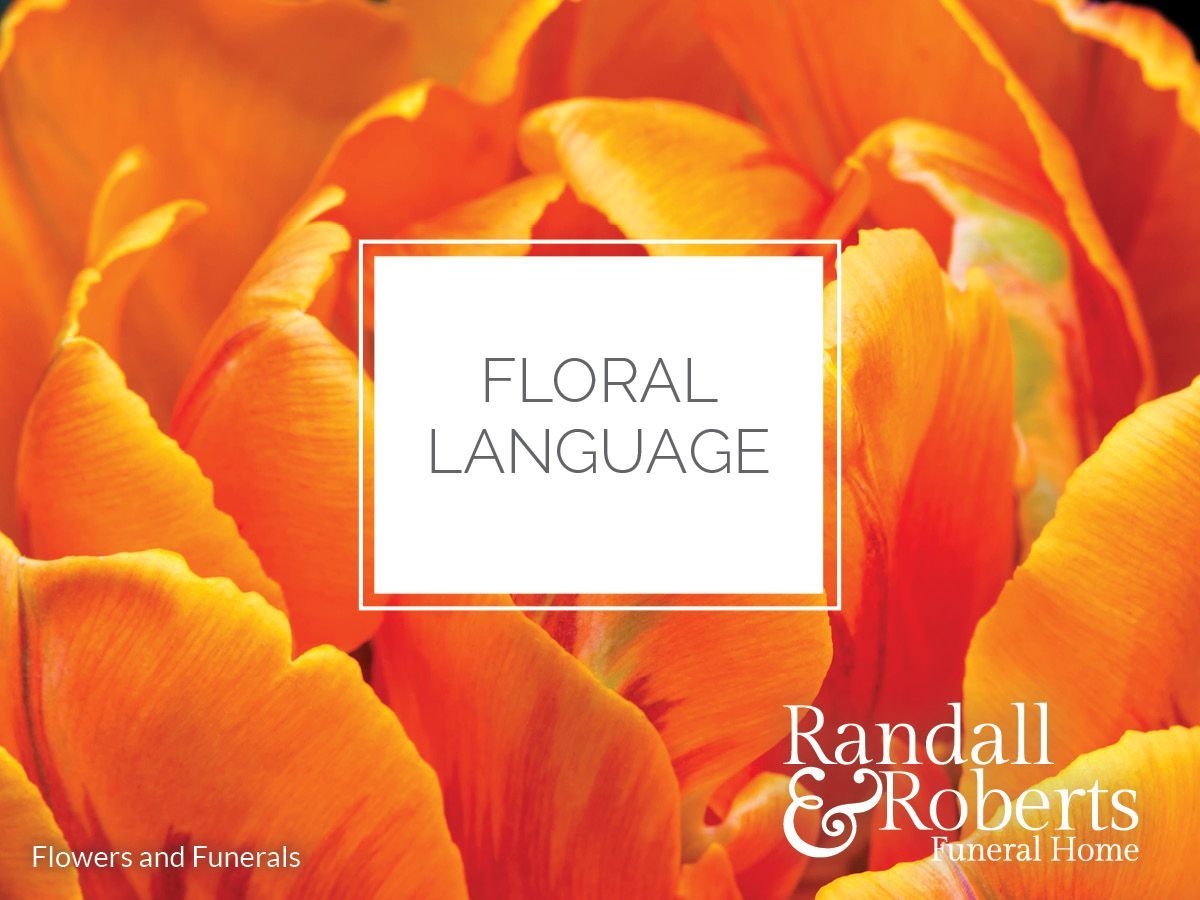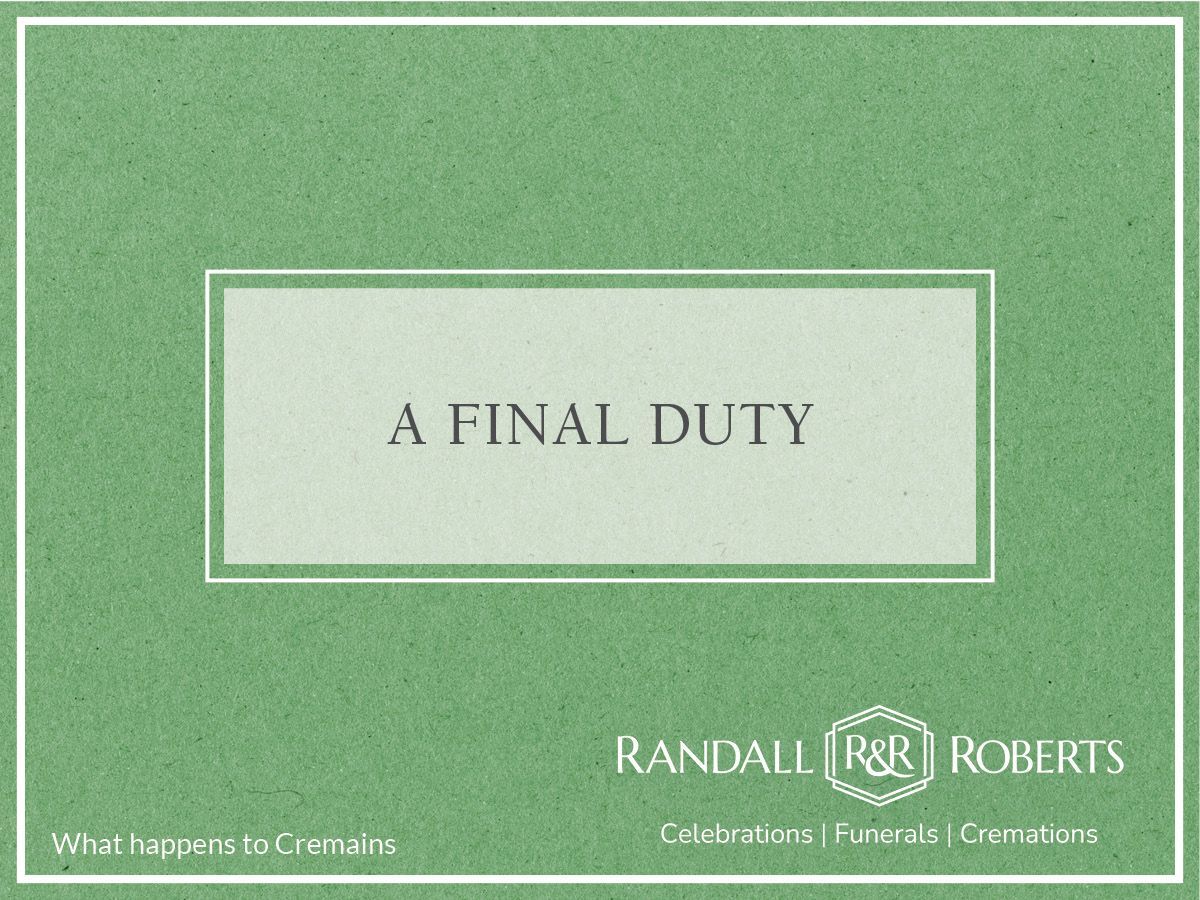For Immediate Assistance: 317-773-2584
For Immediate Assistance: 317-773-2584
Writing the Thank You Notes
Mark Roberts • February 9, 2024
This is a subtitle for your new post

The body content of your post goes here. To edit this text, click on it and delete this default text and start typing your own or paste your own from a different source.
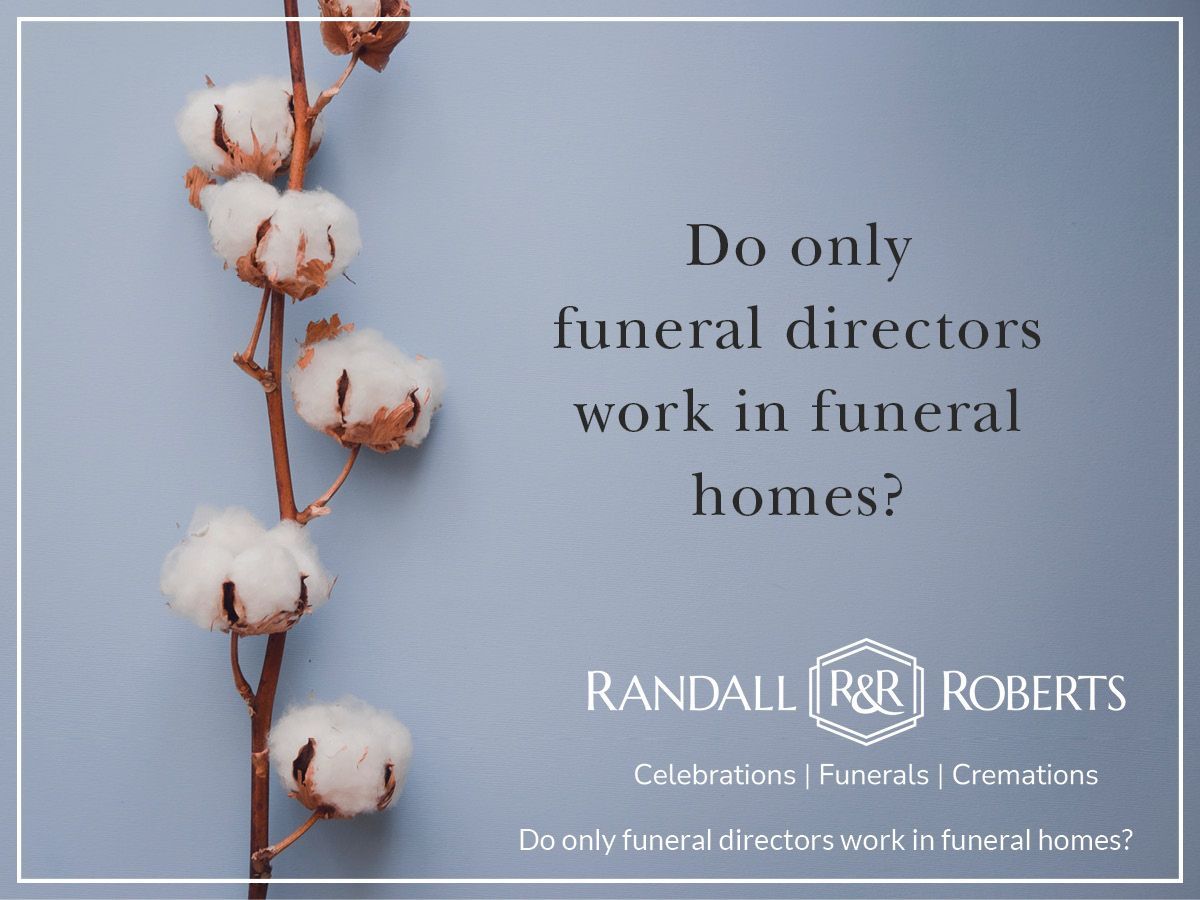
By Mark Roberts
•
February 5, 2025
When we talk about working with a funeral home to plan a loved one’s funeral, one person who plays a central role in creating an event that celebrates that loved one’s life is the funeral director. A funeral director is essentially your go-to person at the funeral home, there to provide care and support during an incredibly challenging time.

By Mark Roberts
•
February 5, 2025
Today’s ossuaries are very different in that they do not require exhumation and reburial of bones. Ossuaries today consist of an above ground tomb/marker and an underground vault. Cremated remains, usually contained in a soft material bag inscribed with the name, birth date, and death date of the deceased are dropped into the vault where they rest in community with others.
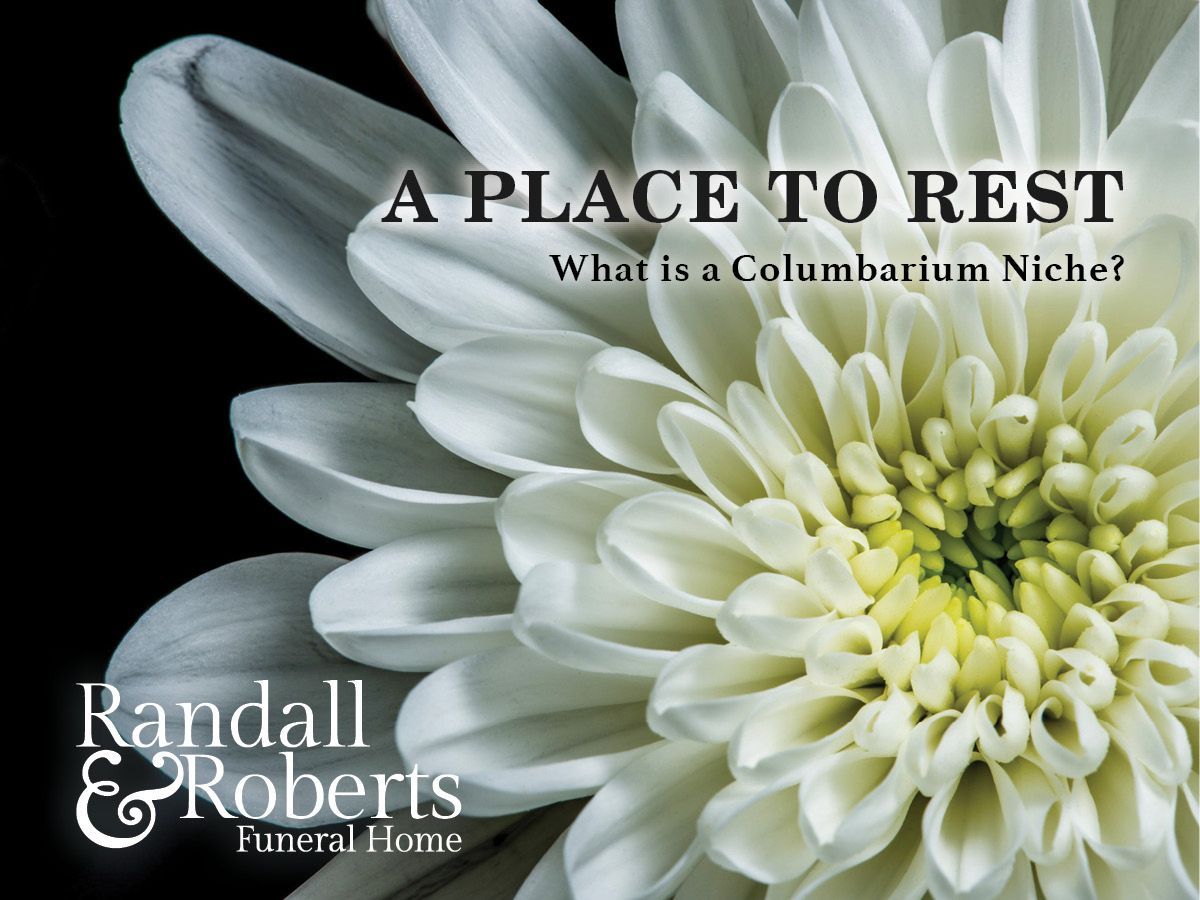
By Mark Roberts
•
January 6, 2025
A columbarium niche is a final resting place for ashes after cremation. Niches are above ground and are most often built into a wall. The wall is made up of individual compartments that hold an urn containing the ashes of one individual. Columbarium niches are available at many cemeteries and some churches.
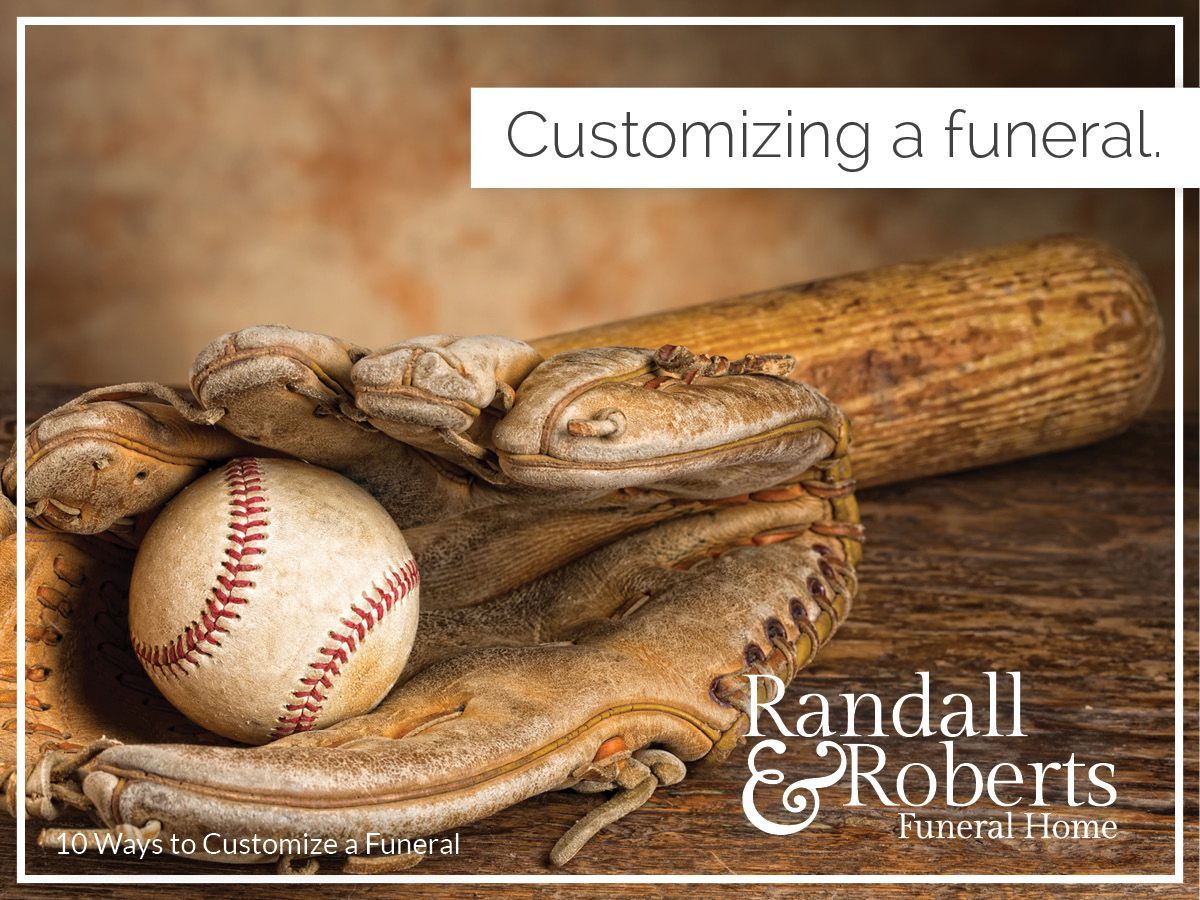
By Mark Roberts
•
January 6, 2025
Funerals aren’t one-size-fits-all. One of the most important steps in funeral planning is customization. How is this funeral right for your loved one? How are you celebrating your loved one’s life through everything from the floral arrangements to the clothing they’re wearing? What makes this funeral uniquely your loved one’s funeral? Here are a few ways to customize a funeral for your loved one.
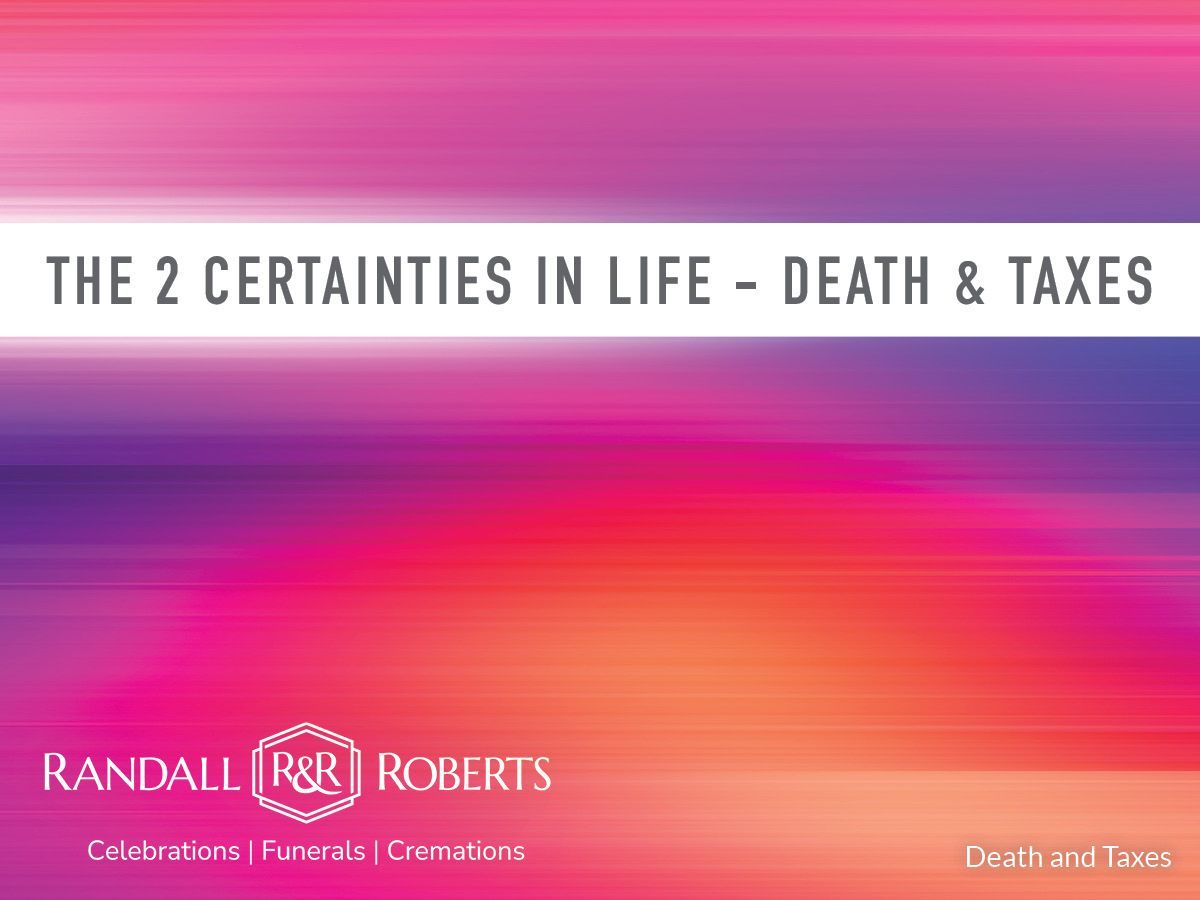
By Mark Roberts
•
November 26, 2024
Death and taxes (seemingly unlikely bed fellows at first glance) are often linked together because they have long been considered unavoidable life events. Some even say they are the only two things that are certain in life. Neither is something people typically look forward to, but they are both events that are anticipated and can be prepared for in advance.

By Mark Roberts
•
November 26, 2024
Cremation, like electric cars and cell phones is here to stay. For some people cremation is part of their religious practice. For other people, cremation just feels right for them. The big question is who should help you with your cremation, a society or a funeral director?
©
Randall & Roberts Funeral Home. All Rights Reserved.

